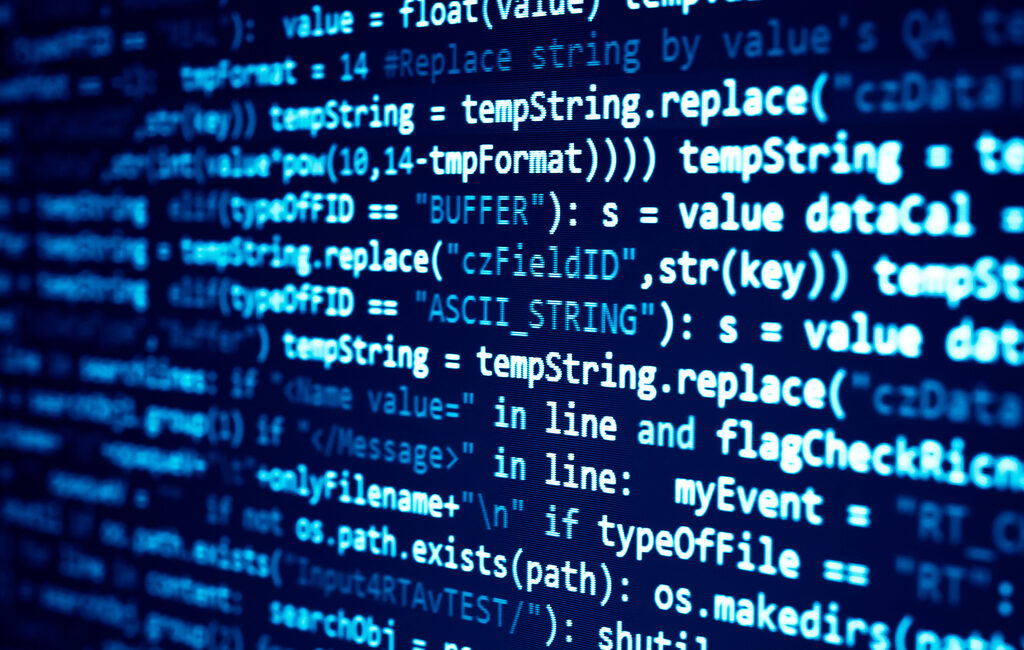The challenges in obtaining European patent protection for inventions in the field of artificial intelligence have been highlighted in a recent decision by the European Patent Office’s Board of Appeal in dealing with a European patent application Nr. 14725807.3 by Google for “classifying resources using a deep network”. The patent application was directed to classifying search engine resources as a spam resource (or as belonging to the “spam” category) or not a spam resource (or as belonging to the “not spam” category).
The Examination Division identified one document on using a neural network to classify so-called newsgroup text data, i.e., to classify entries in a newsgroup into one of four categories. The Board of Appeal reviewed the case in some detail and concluded that the prior art was highly relevant and that the subject matter of the patent claim differed from the prior art in that the claim introduced the concept of a “category score” for each category in a predetermined set of categories, wherein each of the respective category scores measure (sic) a predicted likelihood that the resource belongs to the corresponding category. This difference was not seen as being sufficiently technical to enable a patent to be granted and was considered by the Board of Appeal to be a mathematical method. The Examining Division had previously noted that the automatic classification of resources had previously been seen as being non-technical and no technical use of the classification result was given in the claims.
The corresponding patent in the United States had been granted as US Patent 9,147,154 (but with different claims than those being pursued in Europe) as well as in China.
The case shows once again the challenges in obtaining patent protection in Europe for artificial intelligence and classification systems. The mere use of a neural network to classify different types of data is highly unlikely to lead to a grant of a patent unless a technical use of the classification system is outlined in the description.
The full text of the decision T 0874/19 can be found at this link.





